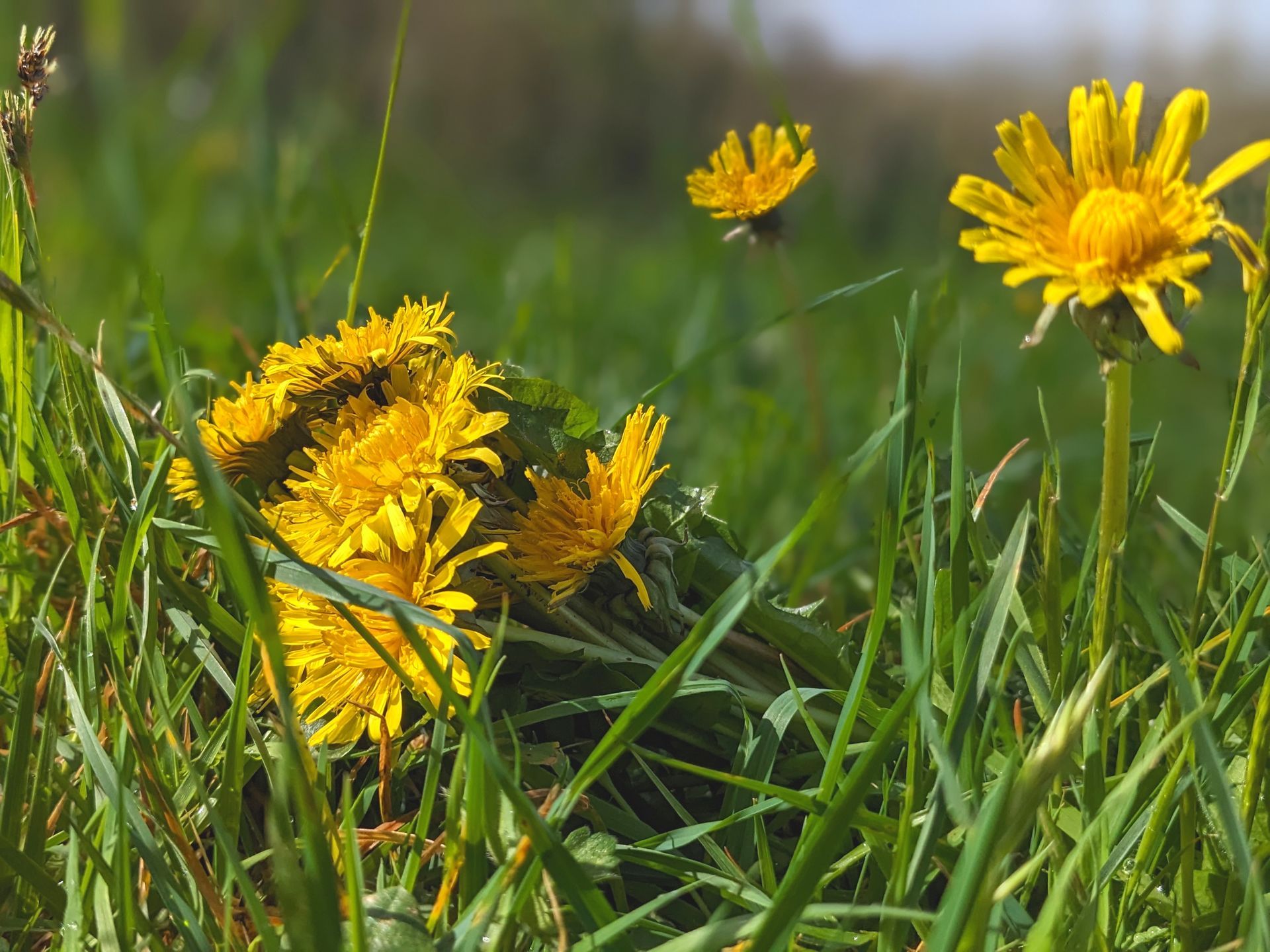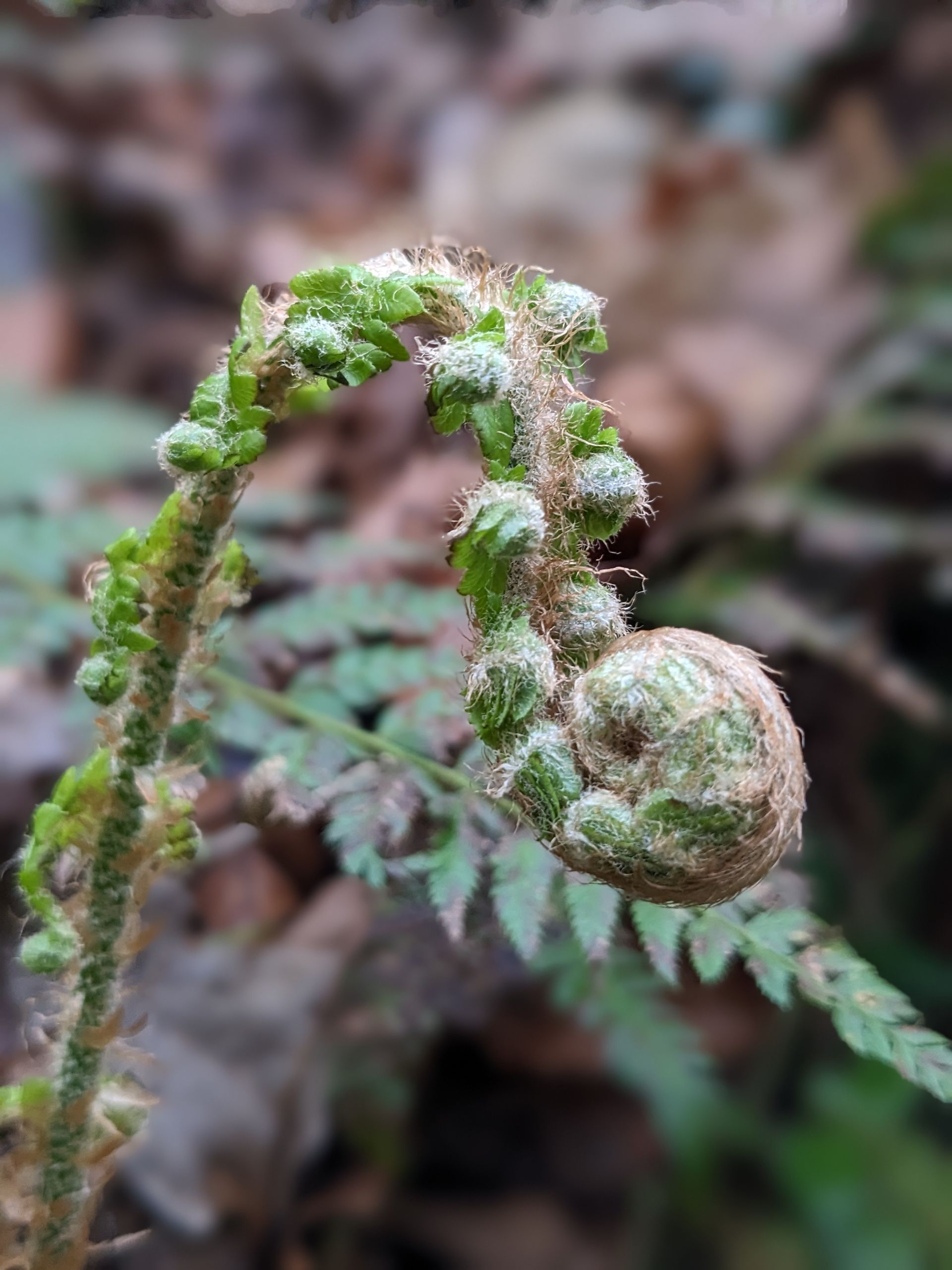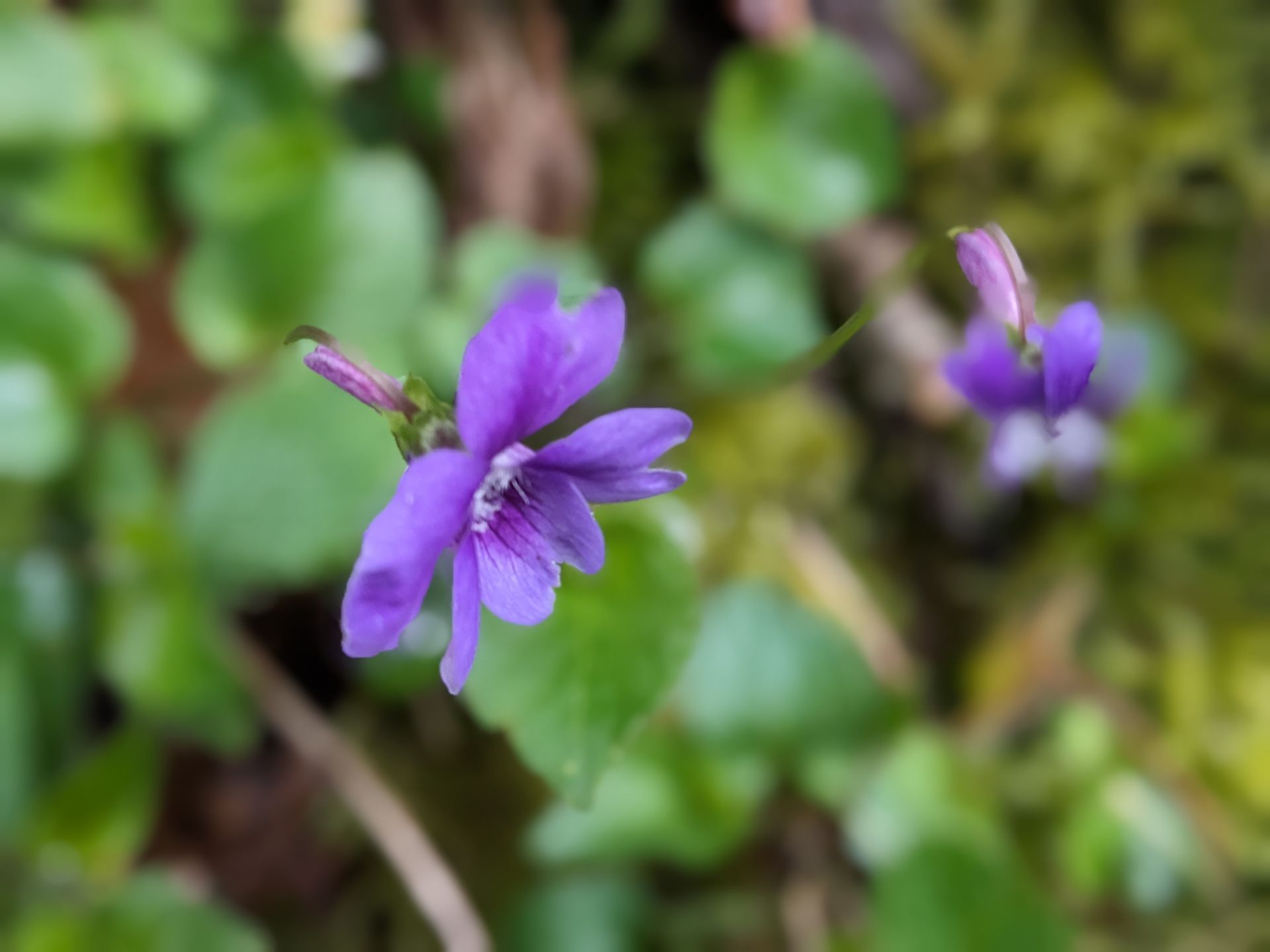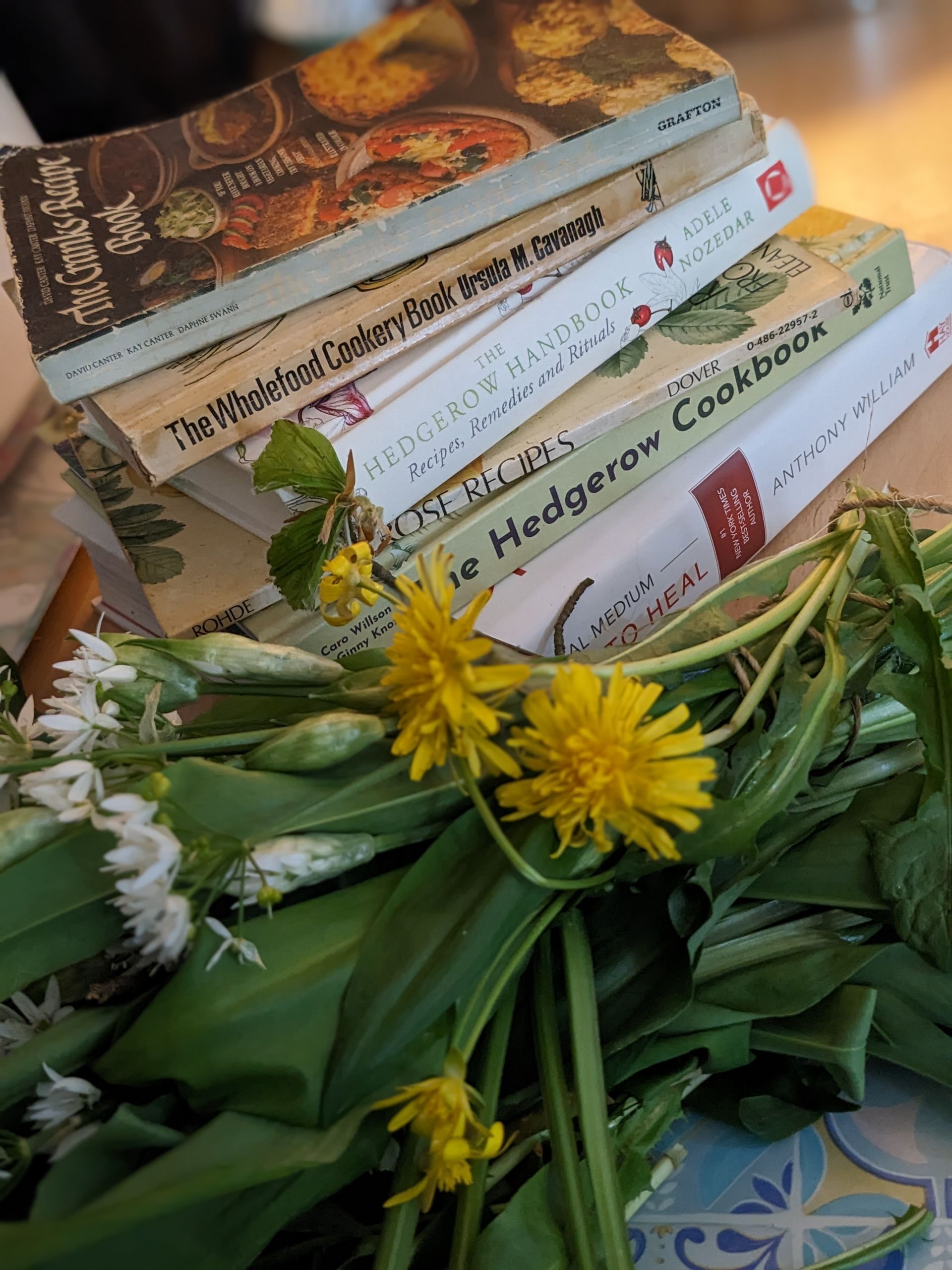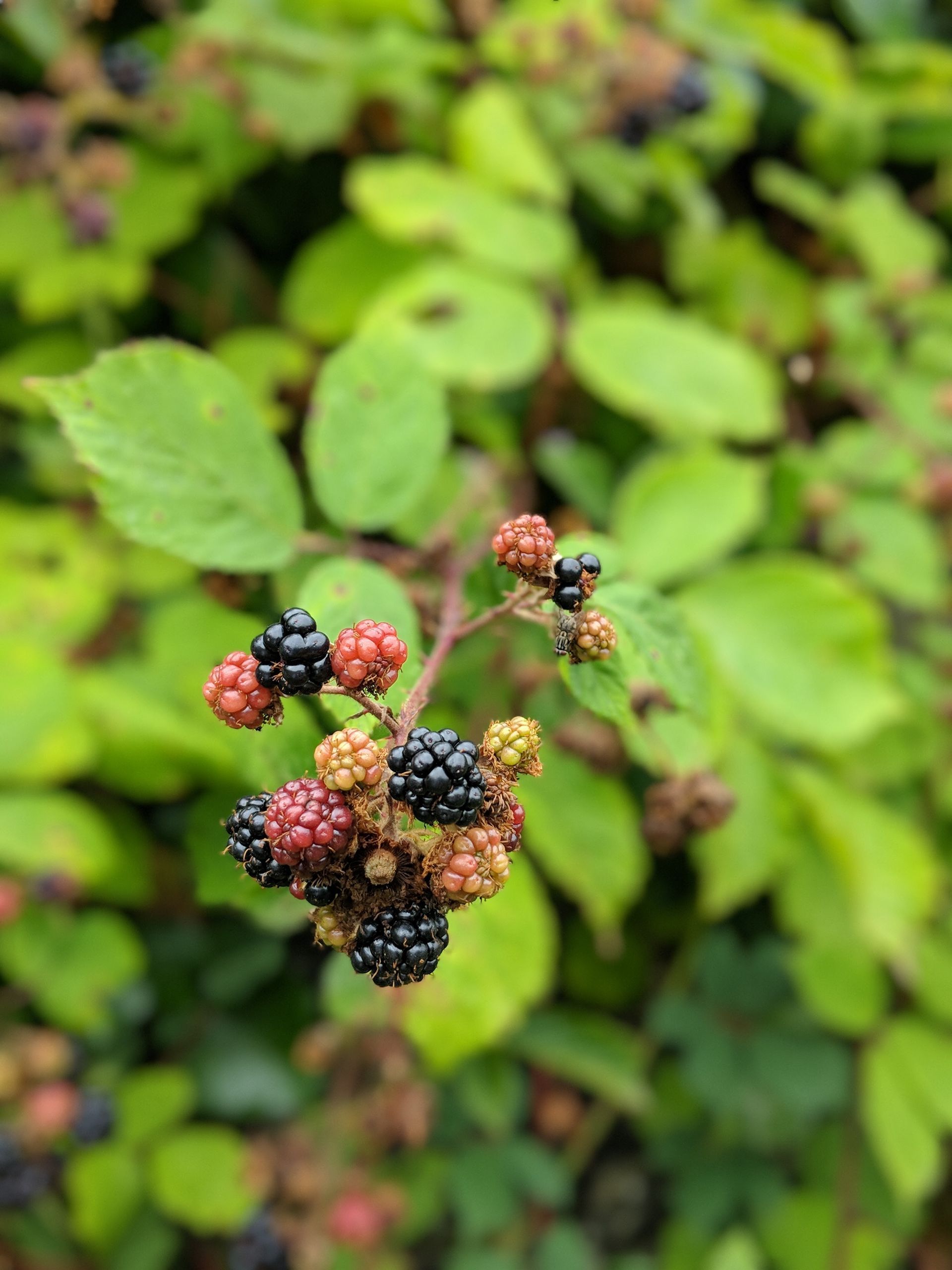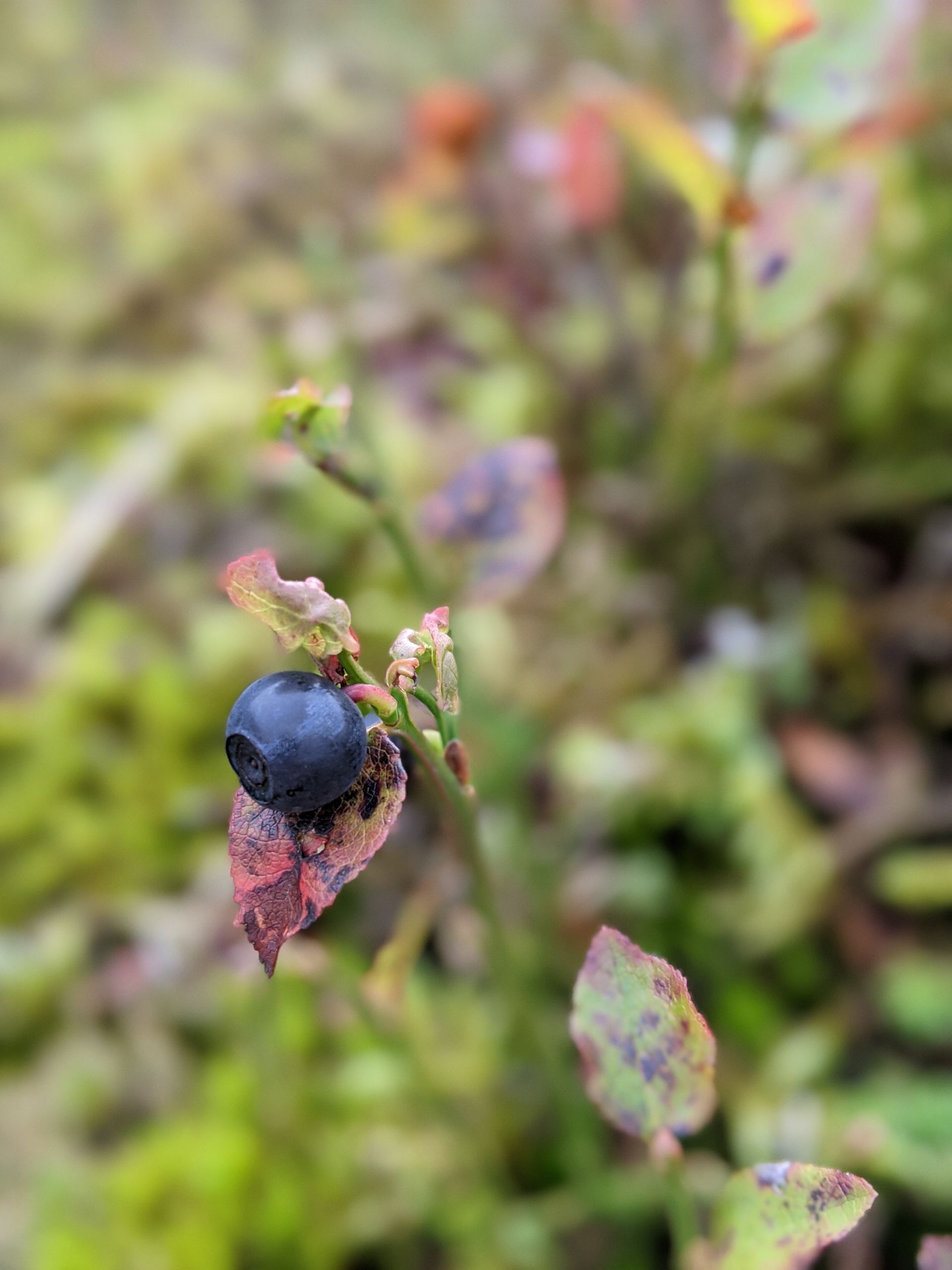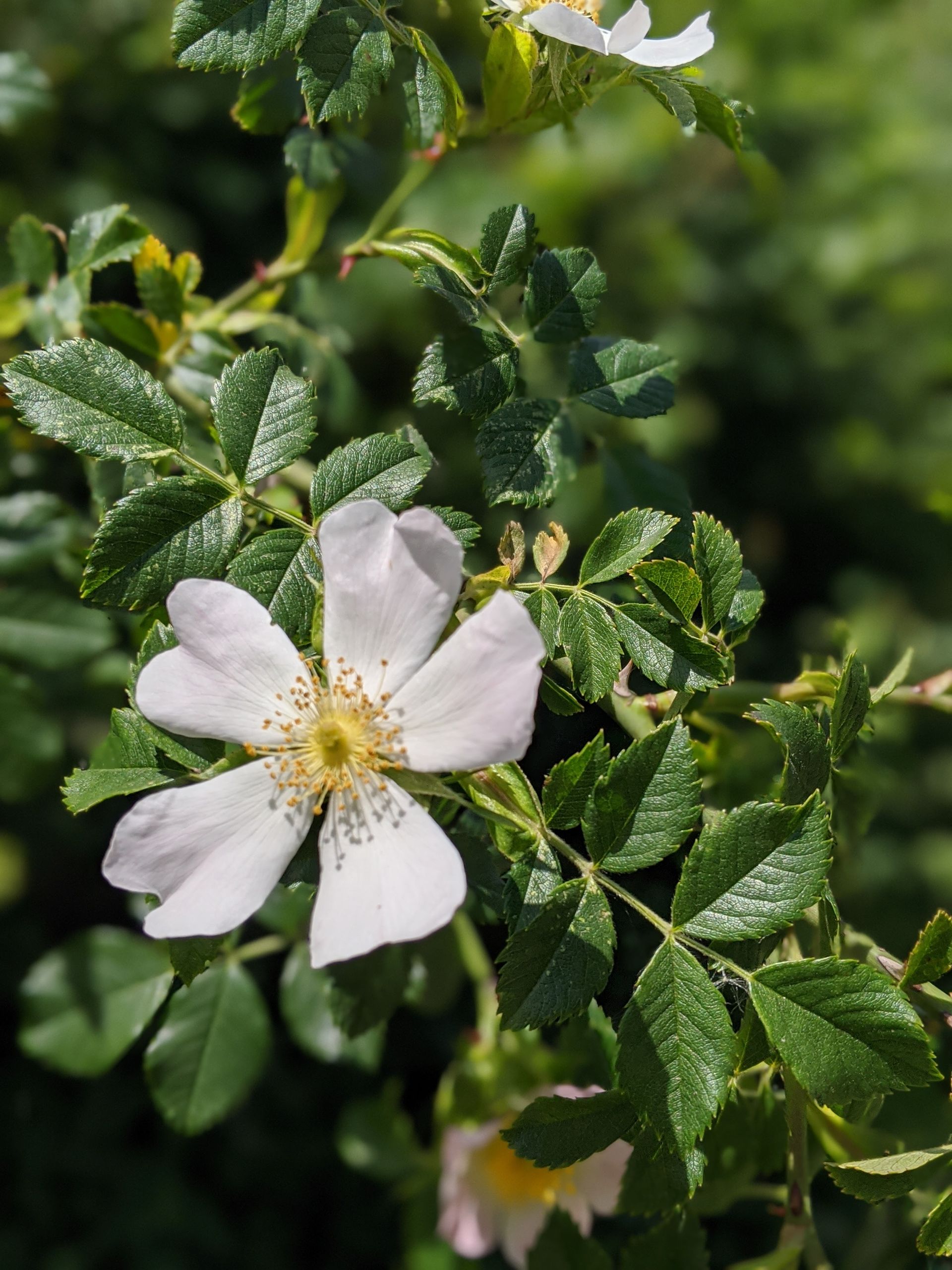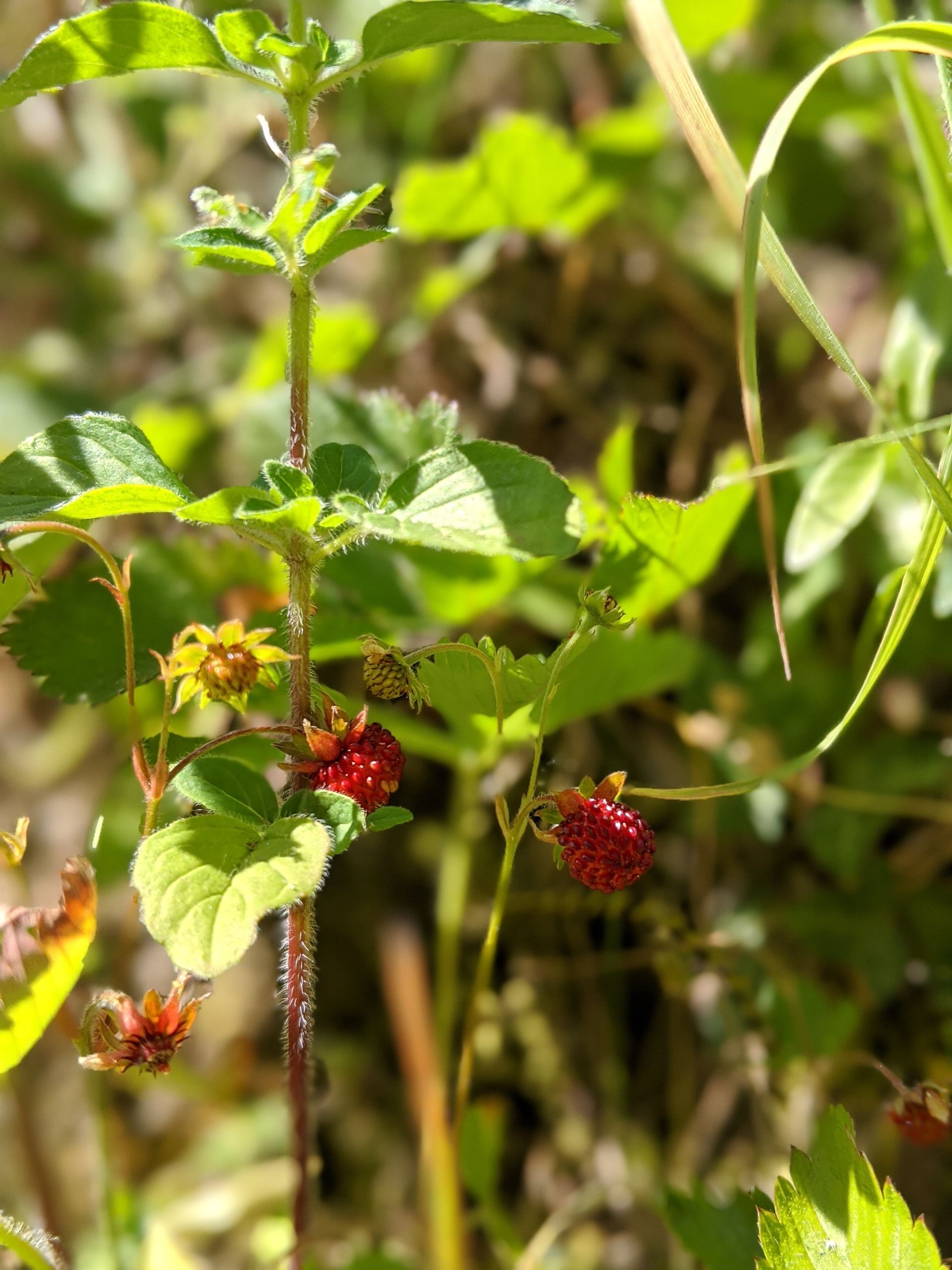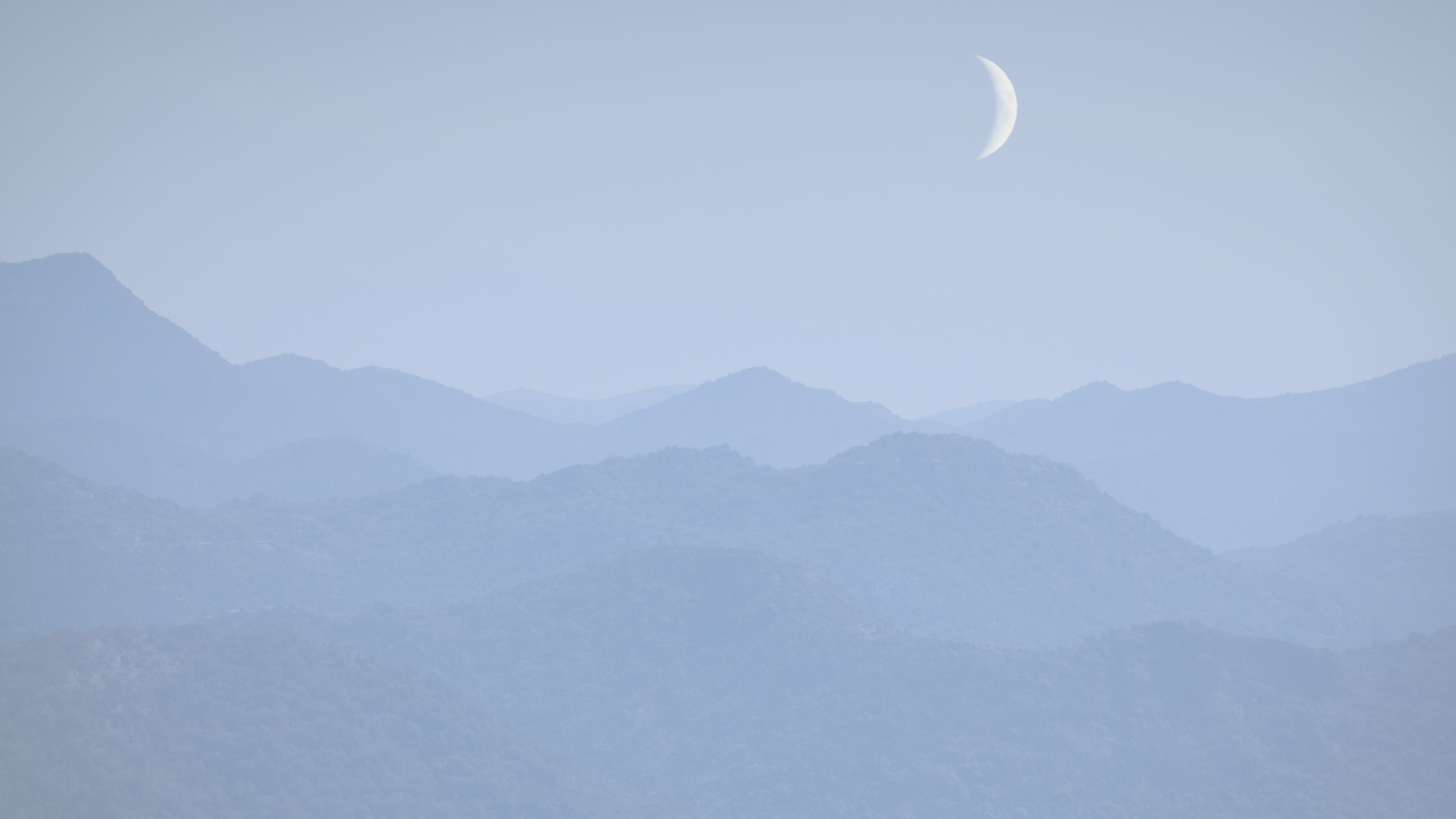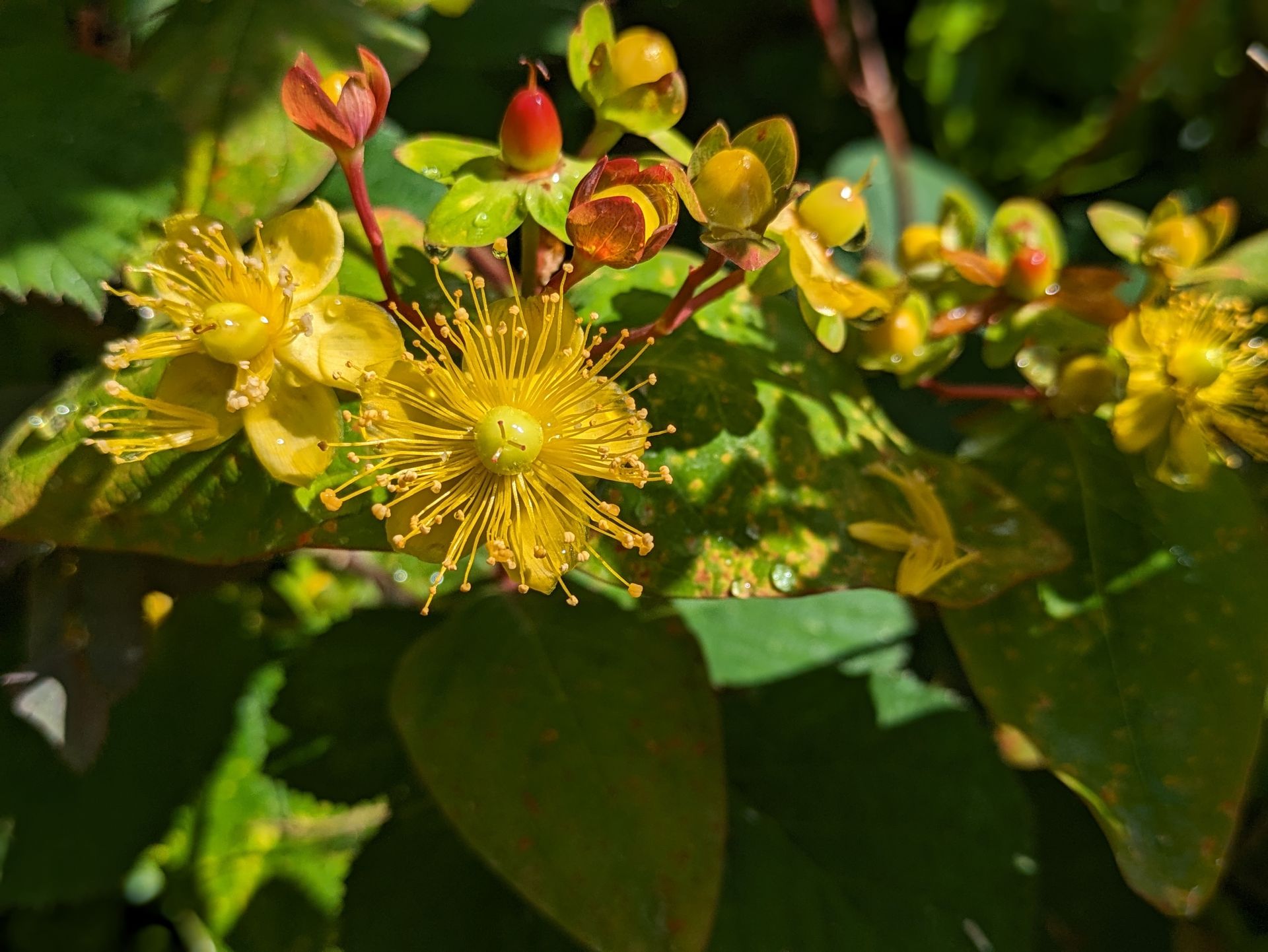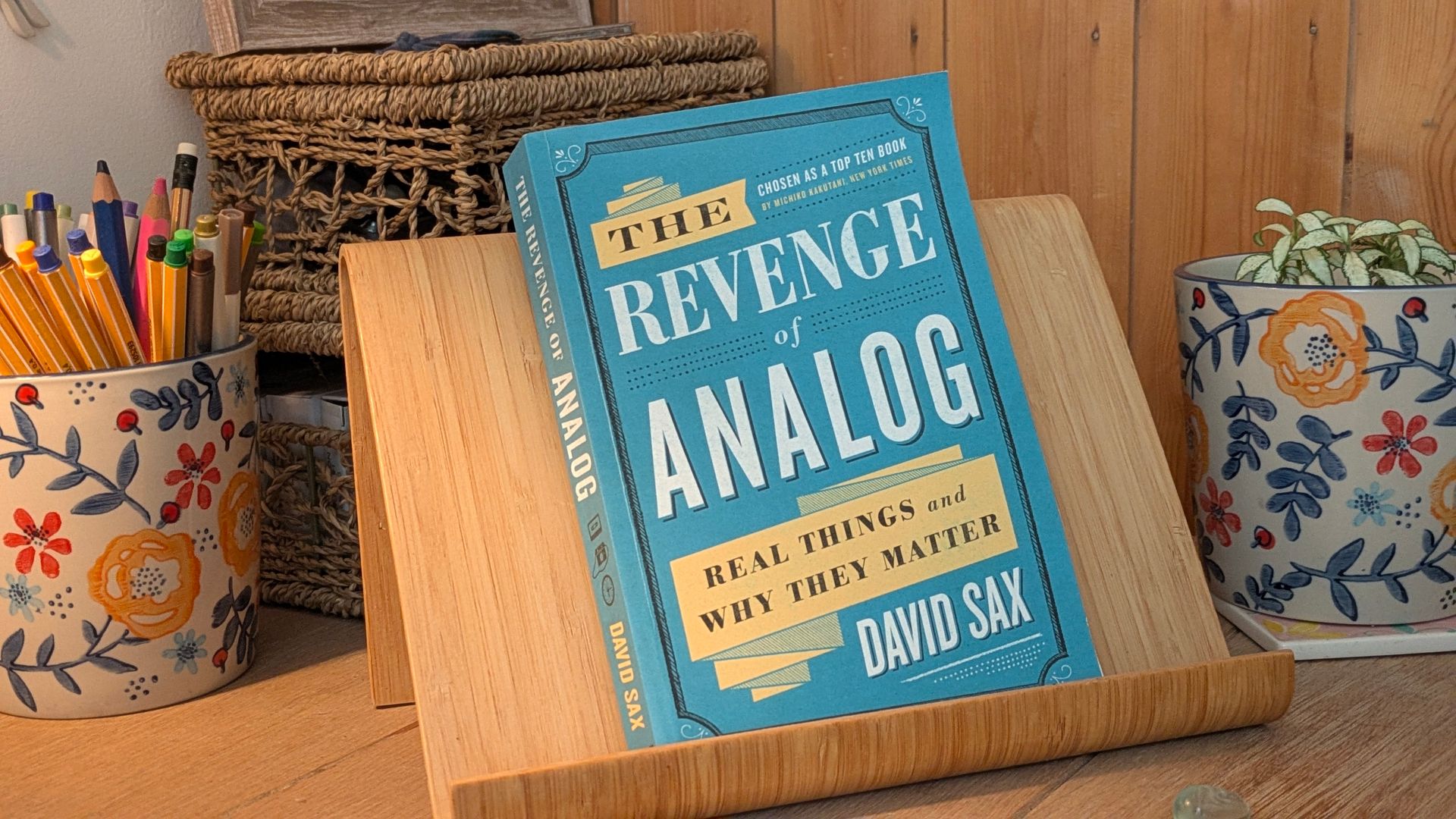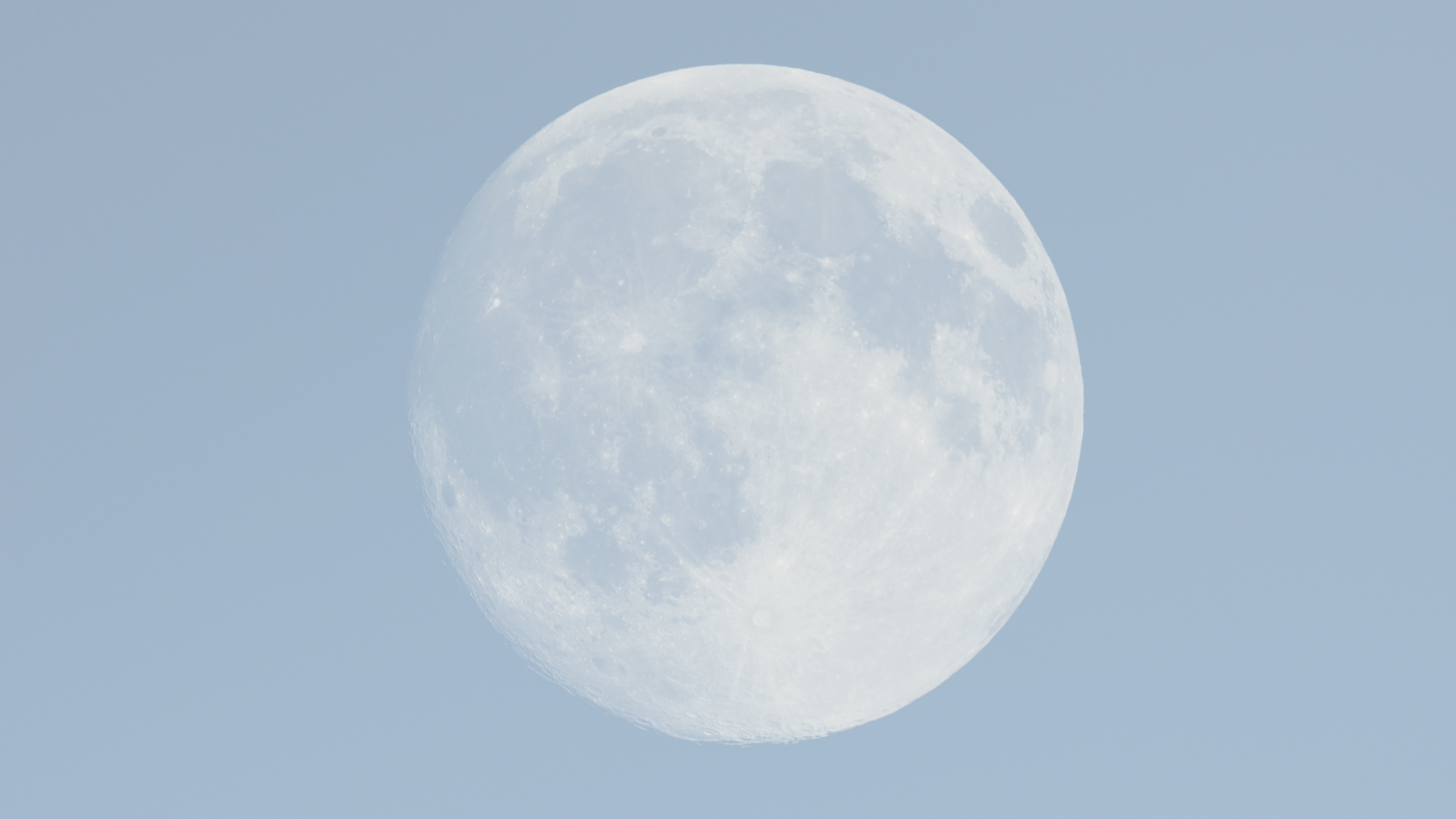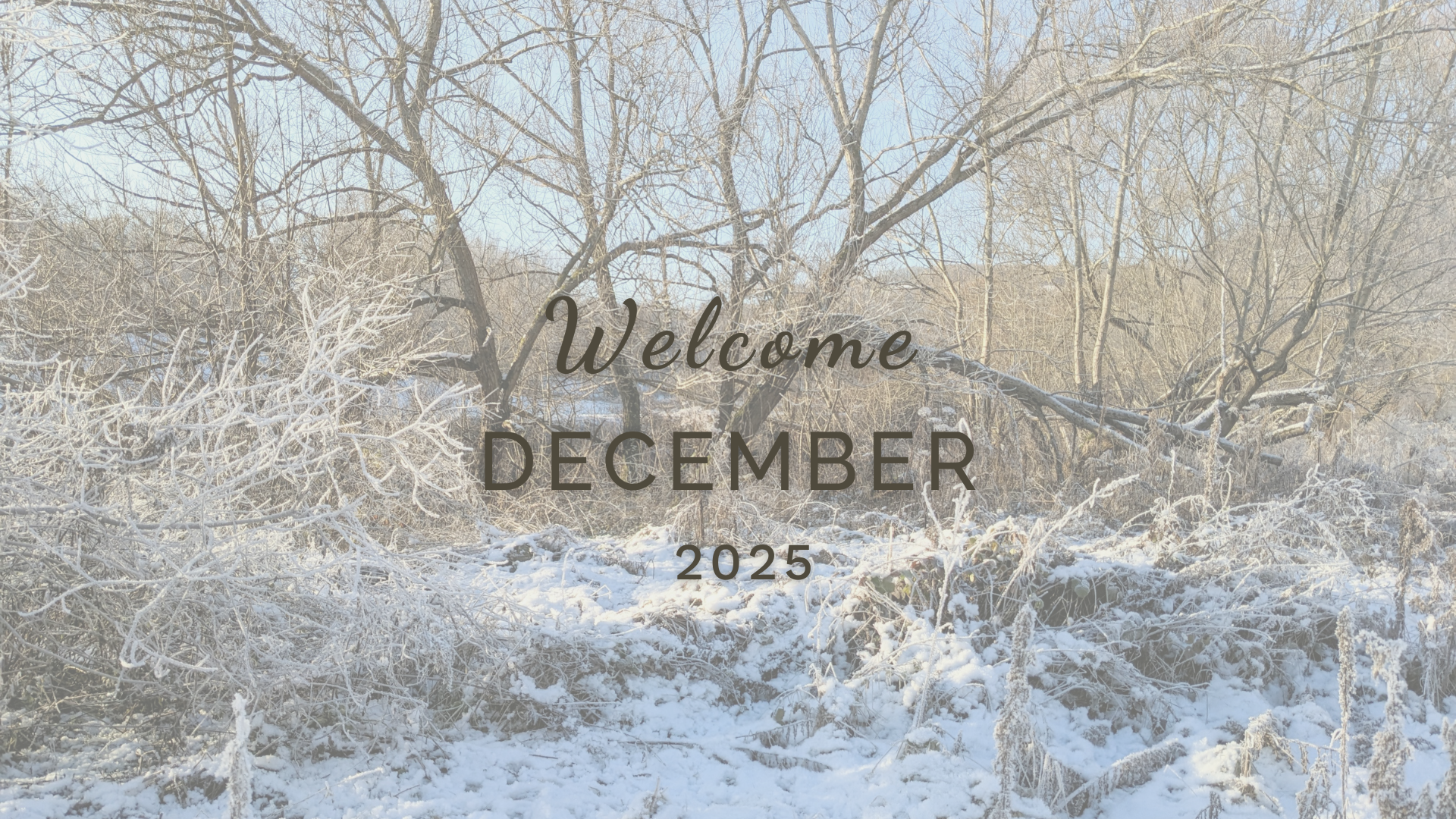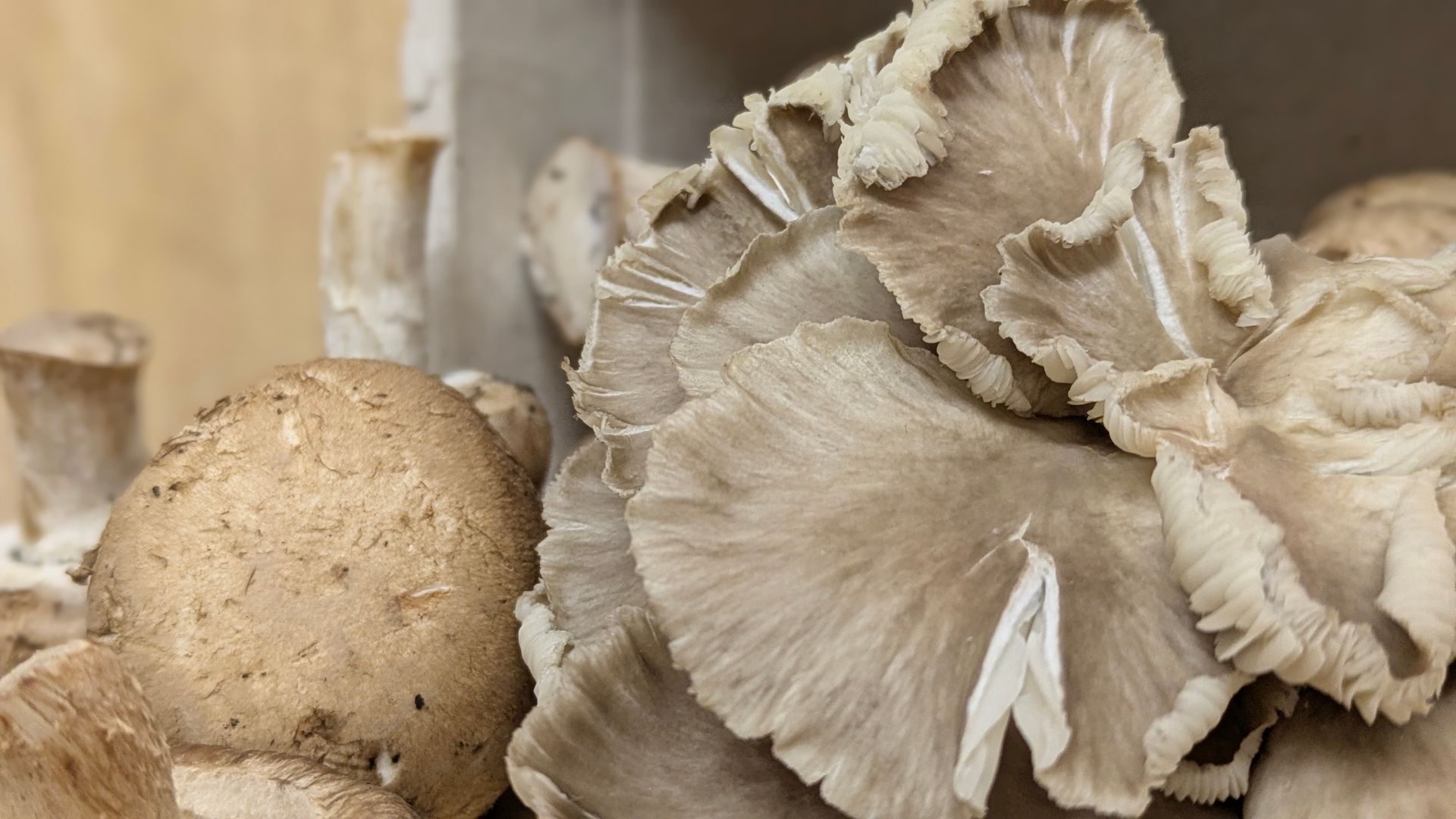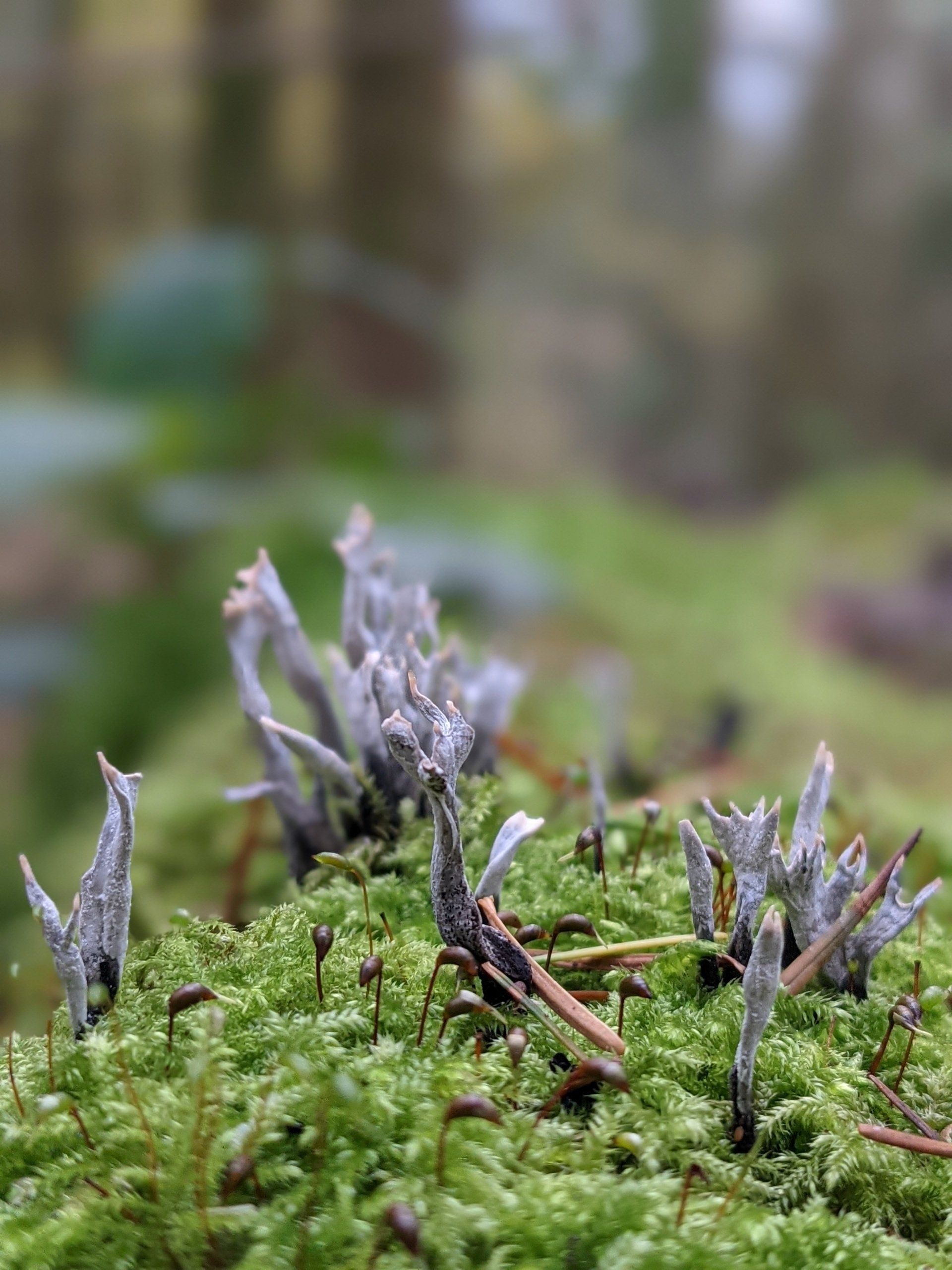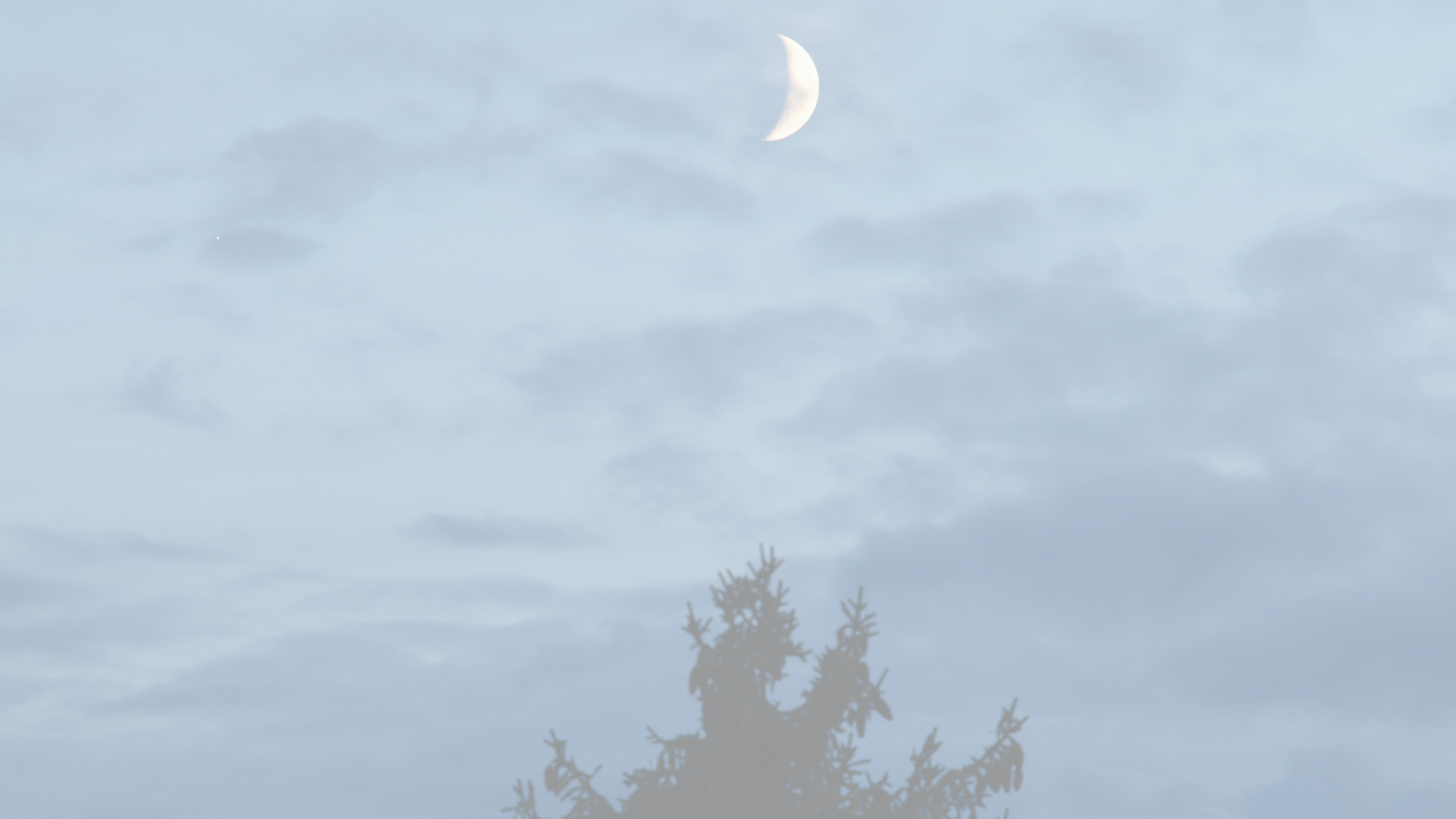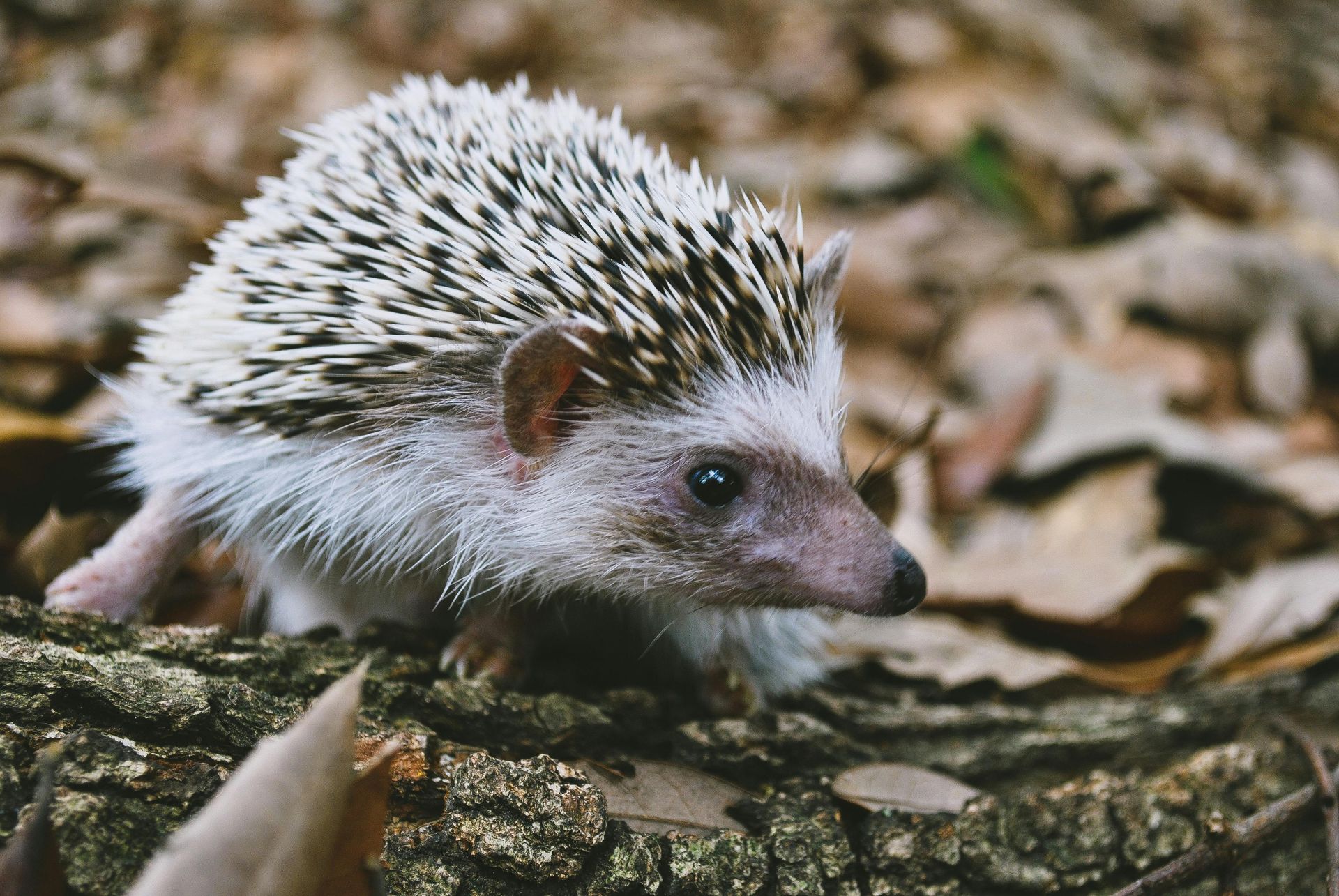Foraging for Nature's Bounty
Gathering and preparing food to eat from Mother Nature's store cupboard
I felt inspired to write this post as I have been making a concerted effort at the start of this new Spring Season to spend more time learning about, foraging for and preparing wild food to eat and enjoy as part of my natural organic diet.
I have always dabbled at foraging as certain crops of wild food have presented themselves to me over the years. I have learned a lot about certain fresh herbs to forage and grow for my herbal teas and detox remedies. This is a continuing and unfolding journey which I am delighted to share with you.
As an amateur forager, I have tried and tested a handful of trusted recipes for various wild foods that appear at different times of the year.
These include Fern Crosiers (or Fiddleheads) fried gently in butter with herbs in early Spring; new Nettle Tips for herbal teas and soup from late Spring to late June; Wild Strawberries and Elderflowers for refreshing cordials in the heat of Summer days; Wild Violets and Dandelion Flowers for Fresh Flower Waters with stalks and leaves added to salads (with Nasturtiums and Daisies) from late Spring; flower bulbs, stalks and leaves of Wild Garlic for pesto, hummus and soup in early Spring, Red Clover flowers for herbal tea in the early Summer, and Wild Rose Petals and Rose Hips for jams and jellies in late Summer and early Autumn.
On a mission
In my experience, foraging is a wonderful way to add a sense of purpose to your time spent in Nature - whether that’s on your balcony, in your garden or out and about walking in the wild.
I love going out to look for wild food as much as I love growing wild plants and herbs in (and around) containers and pots in my tiny garden. You can grow things pretty much anywhere including a balcony - a lovely example is Gardening on a Balcony. You can find out where and when certain wild foods grow in various locations at different times of year by searching online or referencing in books (see below).
These last few weeks I have been waiting for the Wild Garlic flowers to come into bud. I love the compact bulb-like flowers before they open. They are very easy and satisfying to pick and are generally plentiful in volume.
I tend to pick the flower-bulbs from the bottom of the stem. The same for the young leaves. With such a good crop last weekend, I had enough for several different recipes including smoothies, pesto and hummus which I will be sharing here soon.
I also had plenty for some delicious Wild Garlic, fresh Flat Leaved Parsley, sweet Vine Tomato and natural Cheddar Cheese sandwiches.
I was also on a mission to find fresh Dandelions which I found in a wildflower meadow on my walk. There were so many, I collected a good basketful of flowers with stems and new leaves which were still quite small.
Dandelion flowers and leaves can be added to smoothies, soups and salads with some of the flowers reserved for Dandelion Flower Water where you steep the flowers in filtered water overnight for a nutritious and healthy drink first thing in the morning.
Enjoying the fruits
I really enjoy washing, storing and preparing my wares for recipes as soon as I get home. There is something theraputic about chopping the Wild Garlic into 6cm strips to soak in a large bowl of filtered water, storing cut and washed flowers in tupperware containers in the fridge for my Herbal Teas and Flower Water recipes, checking for new recipes and preparing ingredients for any recipes I want to make straight away.
So many of us know the joy of going Strawberry Picking in the Summer or Blackberry Picking in early Autumn, and foraging is the perfect way to extend this to other places throughout the year for similar benefits.
Let’s find out more about foraging, what you can forage for and some general rules to follow when searching for and collecting wild food.

What is foraging?
According to an excellent article A Beginner’s Guide to Foraging in the UK written by Connor McGovern for National Geographic, this once lost tradition has always been a revered approach by chefs and restauranteurs to add that je ne sais quoi to recipes, sauces, soups, pestos and pastes as appreciated by those who can afford the luxury of eating gourmet food
It means is that we are missing a trick thinking there is nothing to be gained from gathering, preparing and eating wild food found close by. Wild food is, in fact, all around us and you don’t have to live in the courtryside to find and benefit from it.
Foraging is about wild food. It’s a thing and not just for restauranteurs. The Association of Foragers was formed in 2015 as an international professional foragers association, promoting considerate foraging, Nature connection and ecological stewardship through teaching and harvesting wild plants and fungi for use as food, drink and medicine.
The more I learn about foraging, the more I am delighted. Not least its potential to bring us closer to Nature and use our senses in a ways we hadn’t considered before (except perhaps during Strawberry or Blackberry season).
As John Rensten says, after two decades of running Forage London in the capital: However hard it might seem at first, it’s important not to abandon your instincts and senses. Many of us have become so removed from Nature that it’s hard to make that intuitive judgement and make the step to eating wild food.
For me, it is precisely the finding out, wild gathering, recipe making and nourishment savouring aspects of foraging that I find so enjoyable.
It requires a certain amount of research, planning and trying things out but the more you learn, the more you become aware of which wild foods to watch out for - and where and when - so that you can gather a few prime speciments or a small harvest to make increasingly delicious and nutritious teas, snacks, meals, salads, desserts, cordials, wine and all manner of goodies. Such treats can variably be eaten straight away or frozen, preserved or pickled, baked or brewed, or given away as gifts.
To sum up, John Rensten says: You’ll soon realise there’s so much hiding in plain sight, and that realisation can be quite transformative.

What can be foraged?
The best place to start is with what you know and can trust from the get-go. There is a plethora of information online and in books where you can find out what to forage for, when to forage for it, where to find it, what benefits it brings and how to store, prepare and cook it for your good health and pleasure.
My starting list is very small including Nettles, Dandelions, Wild Garlic, Fern Crosiers, Elderflower Flowers, Wild Strawberries, Wild Rose Petals and Red Clover plus a variety of herbs grown for my Herbal Teas and things like Christmas Tree Pine Needles which are included in my Citrus Metal Detox remedy.
As with any wild food or fungi, it’s important to know what to avoid and to be able to identify anything that might be poisonous. The Food Standards Agency provide Guidance for Safe Foraging which includes a list of dos and don’ts that are mainly common sense. The latter being another sense you need to tune into whilst foraging.
I know very little about fungi except for a superb recipe for one of my favourites. A Powerful Boost of Turkey Tail Tea. This includes all I have discovered about this magical fungi with its many medicinal benefits when taken occasionally for a cleansing boost or for healing over a period of time.
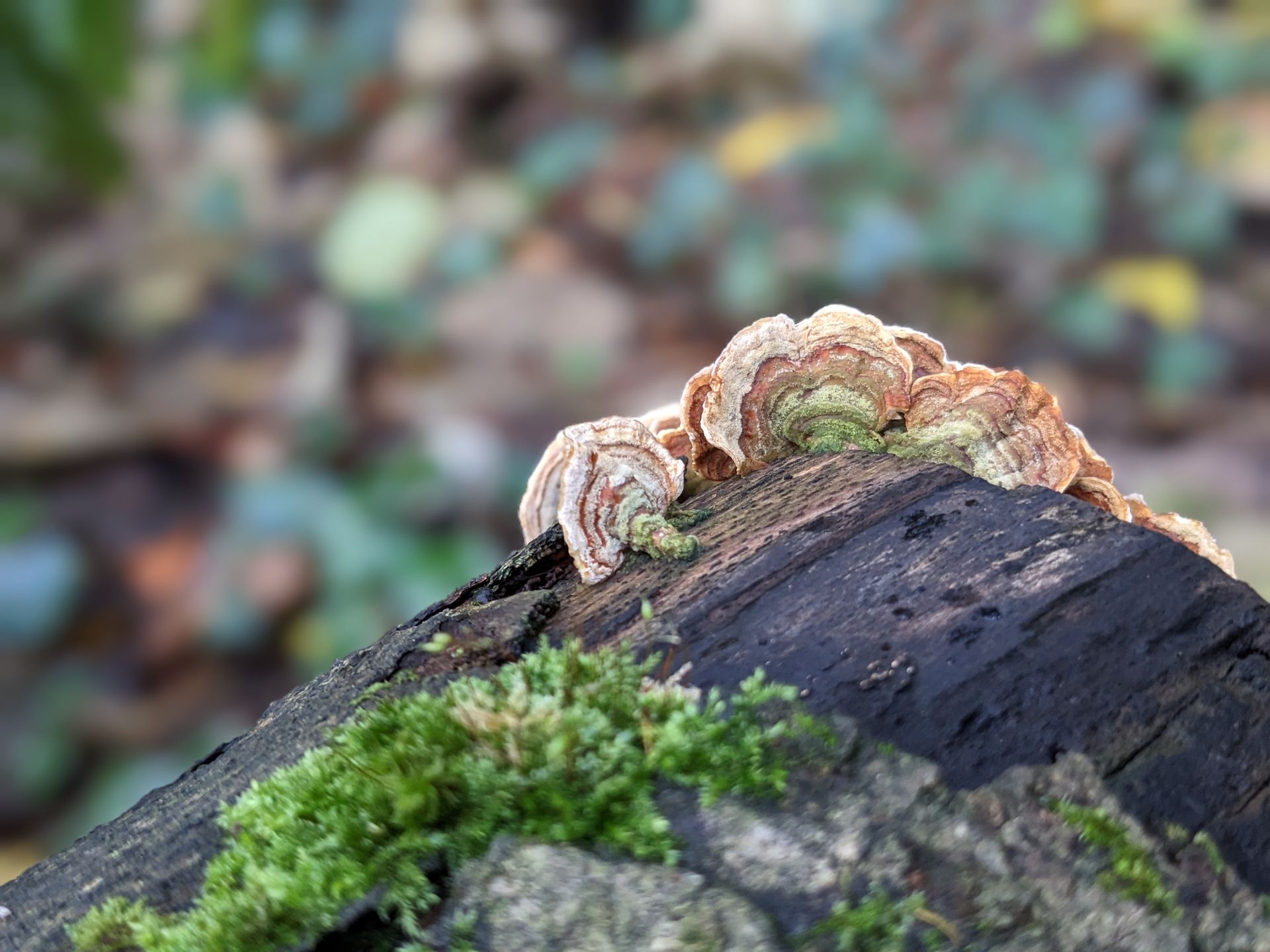
How do you forage?
Wild animals know exactly where to find helpful wild plants to meet their needs by instinct and it’s something we once were able to do too. A small amount of practice will soon train your senses to recognise safe species of plant by association, reference and memory.
John Rensten tells explains: Mint, for example, is easily recognised by its strong smell, square stems and opposing pairs of leaves. With these criteria alone, you can forage for all kinds of species of wild mint. Wild Garlic is identifiable by its long, flat, pointed leaves and pungent scent, while Ox-eye daisies are perfectly edible and closely resemble a larger version of the common Daisy.
If in doubt, Wild Food UK have an excellent Hedgerow Guide and Wild Mushroom Guide that list edible and poisonous plants and fungi found across the British Isles. Anything poisonous has a red warning icon with a different icon for non edible to green for safe things to eat.
There are so many things we can forage for through the seasons and this is a perfect guide. Another thing to watch out for are rare and protected plants and fungi which are listed on Schedule 8 of the Wildlife & Countryside Act 1981 for protected plants across the British Isles.
What are the rules?
Just as we have a Countryside Code in the British isles, Wild Food UK have a Foraging Code where they teach the same rules that we follow as without knowing them you could be damaging the local ecology, unwittingly breaking the law, or putting yourself or others in danger.
These include:
- Never eat anything unless you are 100% sure it is safe.
- The Countryside Act says that foraging the 4F’s from common land is acceptable so long as it is for personal consumption only. The 4F’s are fruit, foliage, flora and fungus.
- The British Mycological Institute say you should never pick more than 1.7 kg of mushrooms on any foray.
- Vever pick more than half of what you find of anything from any one location or any one branch or plant leaving enough for the plant or tree toPlease stay away from all Sites of Special Scientific Interest. be able to continue flourishing.
- Stay away from all Sites of Special Scientific Interest (SSSI) and Areas of Outstanding Natural Beauty (AONB), private land and designated commercial land.
- On farmland, as long as you don’t leave the paths, observe the Countryside Act, and don’t touch anything that has clearly been planted, you can safely forage.
The main thing is common sense and being respectful to the plant, fungi and habitat you are gathering from. The rest is searching, experimenting and enjoying the process.
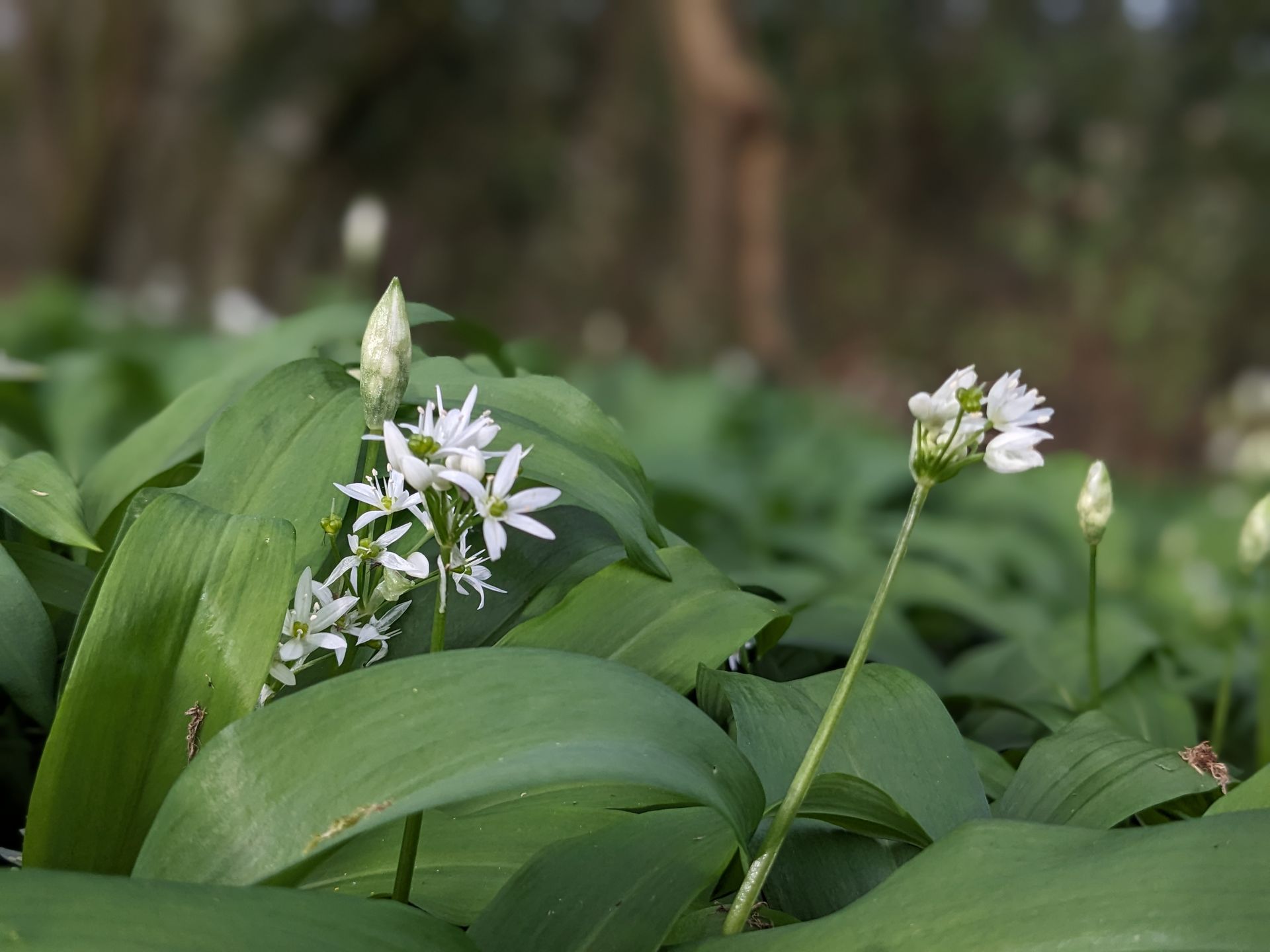
Coming up next
I am writing a review for a superb foraging book called Food For Free which I will publish here soon. It comes highly recommended and you can buy it online from my bookshop using the affiliate link.
The author Richard Mabey won wide acclaim for this publication in 1972. It contains interesting information about foraging in general and in my review I will highlight some of the recipes I am going to try out over the coming months.
Below are some of my favourite go-to reference and cookery books for essential information and new recipes. There are also links to bookshelves where I am collecting similar books on my affiliate bookshop.
The more I learn about the natural abundance of free food that can be found all around us, the more I want to keep experimenting with new flavours and recipes.
Even if it’s biting into a few juicy Wild Garlic flowers, stalks and leaves as you are walking; or making a super-healthy, cleansing herbal tea with a handful flowers and herbs picked in a field nearby or from your garden or balcony pots; or, if it’s preparing something a bit more substantial, you will discover how interesting, relaxing and fulfilling wild foraging can be.
I hope you enjoyed learning about my foraging experience so far and look forward to sharing more with you through the Spring and Summer seasons.
Until next time, happy foraging!
Further reading
Related posts and books you can buy by clicking through to the affiliate bookshop below. Spiral Leaf may earn a small commission for books sold here at no extra cost to you!
Going Organic is a Journey by Sue Cartwright
The Hedgerow Cookbook by Caro Wilson and Ginny Knox
Food For Free by Richard Mabey
The Hedgerow Handbook by Adele Nozedar
Thank you for sharing!
for you, for me and for Mother Nature
Latest Posts
All Posts

